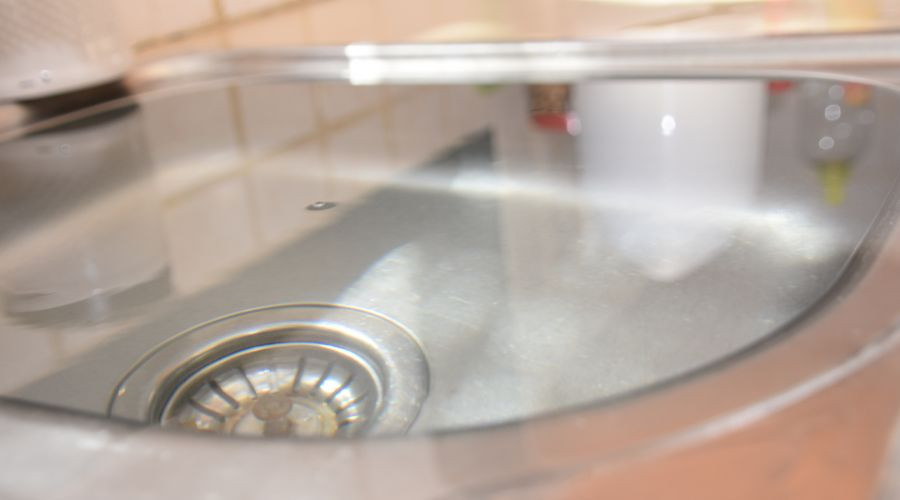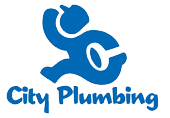What to Do About a Sewer Line That’s Backed Up
A backed-up sewer line is one of the most unpleasant plumbing issues homeowners can experience. A single drain backing up is bad enough, but when the home’s main sewer line backs up, it can affect every plumbing fixture in the house—usually starting with the showers, tubs, and toilets on the lower floors.
Not only will homeowners have to contend with the mess and odor of the sewage backup, but they won’t be able to use any of the home’s drains without worsening the problem. That’s why fixing sewer line backups is vital as soon as they occur—ideally, avoiding them altogether. This article will explain how to do both!
Why Do Sewer Lines Backup?
 Understanding the causes of sewer line backups is necessary to resolve and prevent them. There are several possible causes, some of which are easier to resolve than others.
Understanding the causes of sewer line backups is necessary to resolve and prevent them. There are several possible causes, some of which are easier to resolve than others.
The most common cause of sewage backups is a clogged sewer line, typically caused by inappropriate materials being flushed down the toilets or poured down the drains. Alternatively, the backup might be caused by a crushed or broken sewer pipe caused by invading tree roots, shifting soil, or the effects of age and wear.
How to Fix a Backed-Up Sewer Line
The solution to a sewer line backup usually depends on the underlying cause. To determine that cause, professionals typically use sewer video inspection, which involves feeding a small camera on the end of a flexible cable into the sewer pipe. Depending on what the sewer camera inspection reveals, they may use one or more methods to tackle the problem.
If a sewer line clogs, they typically clear it with hydro jetting (a high-powered water jet machine). If tree roots have broken through the pipe wall, they may use a rooter machine to cut away the roots and then seal the crack using a trenchless sewer repair method.
Likewise, if the pipe is collapsed or broken due to old age or shifting soil, they’ll likely employ trenchless sewer pipe repair methods. These involve either coating the existing pipe in an epoxy to seal the cracks or feeding a new pipe into the old one to take its place.
How to Prevent Sewer Line Backups
 Although fixing a sewer line backup is best left to the professionals due to the specialized equipment and tricky methods involved, homeowners can still do their part to prevent backups.
Although fixing a sewer line backup is best left to the professionals due to the specialized equipment and tricky methods involved, homeowners can still do their part to prevent backups.
That starts with limiting what goes down the drains and toilets. Generally, toilet paper is the only thing that should be flushed down the toilet (other than human waste). Anything else will not break down properly and may get lodged in the sewer line.
Regarding sinks, homeowners should limit the amount of solids that go down the drain, such as food waste. However, the most important things to avoid are grease and cooking oil. These can cool and congeal inside the sewer line, forming layer upon layer of stubborn material that will eventually fill the pipe.
At the first sign of a clog, homeowners should call a professional to determine whether it’s isolated to one drain or the sewer line—they can then clear the clog before sewage backs up into the home.
However, to prevent nasty buildup, scheduling routine drain cleaning every few years is a good idea. Homeowners can also avoid planting trees near the sewer line or put root barriers around it to help prevent tree root invasions.
About City Plumbing
City Plumbing has proudly served the Odessa community since 1967. Their licensed, insured, background-checked, and drug-tested plumbers always arrive on time and maintain clear communication at every step, so homeowners are always in the loop. They offer transparent flat-rate pricing, 24/7 emergency service, and a 100% satisfaction guarantee on every job, so don’t hesitate to call them today for sewer line repair in Odessa, TX!






